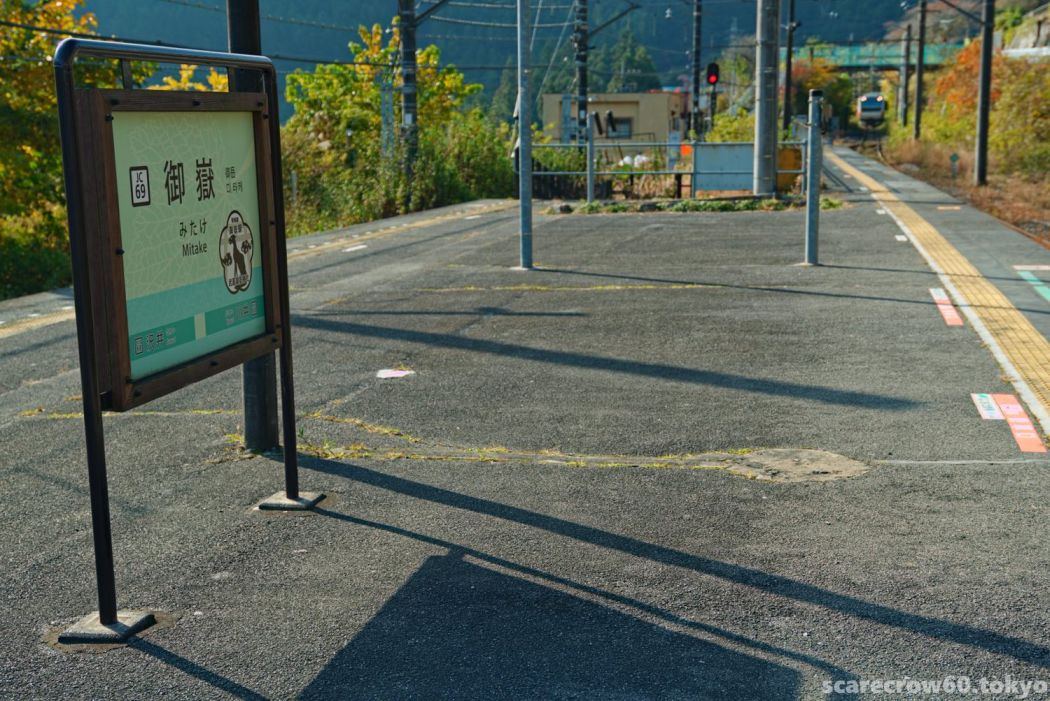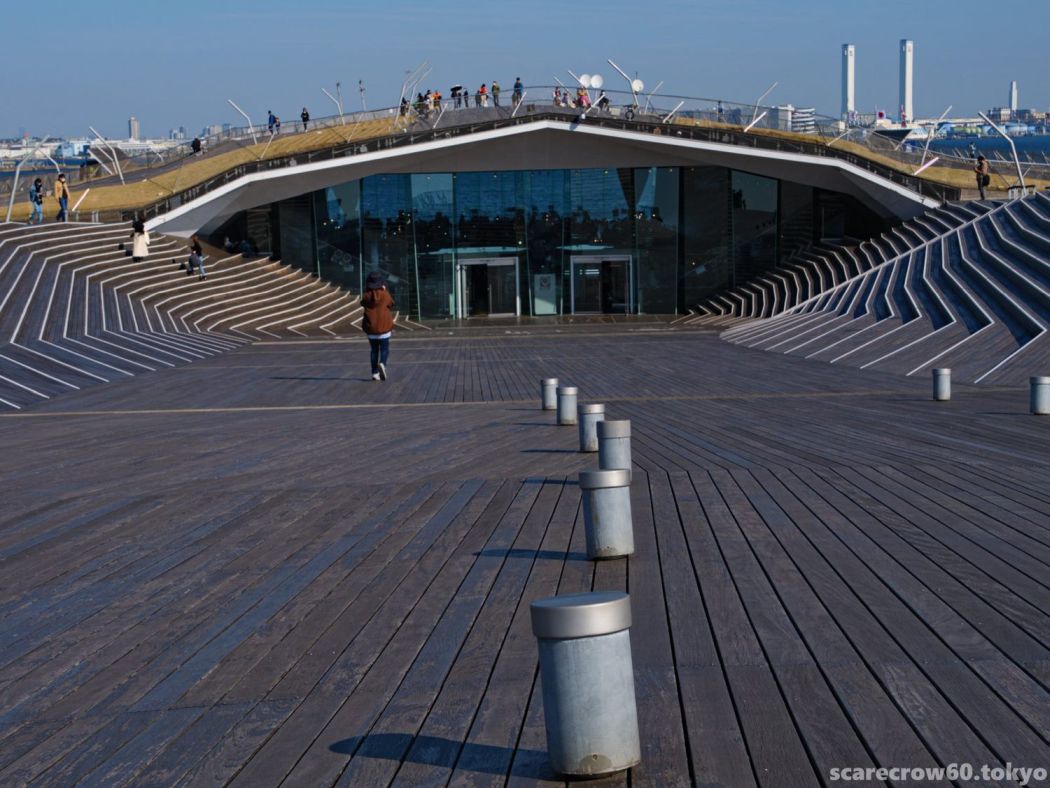I took the JR Ome Line for the first time in a while when I went to Mitake Valley for a visit. So, this is a fill-in-the-blank article just to say “Ome Line is cool”.
I have been to Okutama several times and hiked Mt. Mitake when I was a student, but I wonder if I have ever visited the Ome Line beyond Haijima since then… It has been a decade since I rode the line. (I had a chance to go between Tachikawa and Haijima for business several times, yes.)
I took this picture at the platform of Mitake station, and I realized again that this area of the Ome line is a single-track line!
A single line that invites nostalgia in this area of Tokyo’s JR lines, where many people probably commute to the city center, albeit a bit far in time distance. In today’s terms, isn’t it emotional?
I studied the Ome Line extending southwest from Tachikawa Station on the Chuo Line and branching off to the west and north, the Ome Line runs 37 km along the left bank of the Tama River. It connects Tachikawa and terminal Okutama in 24 stations. One feature of this suburban line is that it has quite a large number of stations and the average distance between stations is only about 1.5 km. I see, that is why the recent walk in the valley between Ikusabata and Mitake was also short and easy in terms of distance.
The train connects with the Itsukaichi Line and the Hachiko Line at Haijima on the way to the station, so the number of trains between Tachikawa and Haijima seems to be increasing with direct trains from these lines (the minimum interval during rush hours reaches 2 minutes). Although the number of trains beyond Haijima to Ome is slightly reduced, trains including those directly connecting to the Chuo Line are operated every 10 minutes during the daytime, and the trains between Tachikawa and Ome have a normal “Tokyo train” feel.
The distance between Tachikawa and Higashi Ome, which is just before Ome, is usually double track, but the distance beyond Higashi Ome is single track. When I visited there the other day, in fact I waited for a few minutes at the Higashi Ome station for the exchange of trains.
And this time, what struck a chord with me, a light traveler who loves local trains, was the single-track section beyond Ome, where trains are operated every 30 to 60 minutes throughout the day, making it seem like a local line all of a sudden. The combination of the train’s slow, rattling progress, combined with the many stations and the many curves along the meandering Tama River, all of which are unique to single-track lines, makes the train feel more and more like a pseudo-local line. The fact that 11 stations between Miyanohira and Shiromaru are completely unmanned is another important factor that enhances the “character” of the line.
I found this website for a quick look at information along the Ome Line.
The Ome Line is quickly emerging as a new target for my own personal strolls along the line. The close proximity between stations is convenient for walking and taking pictures, and this might be worth playing with.
However, it is quite a challenge to get to Ome, far west Tokyo, and I can’t go there that often…what should I do?
I don’t know what to do, but these “what to do” problems are so pleasant that it doesn’t bother me at all, no matter how many I have .
Equipment used: K-3III, HD DA*16-50



